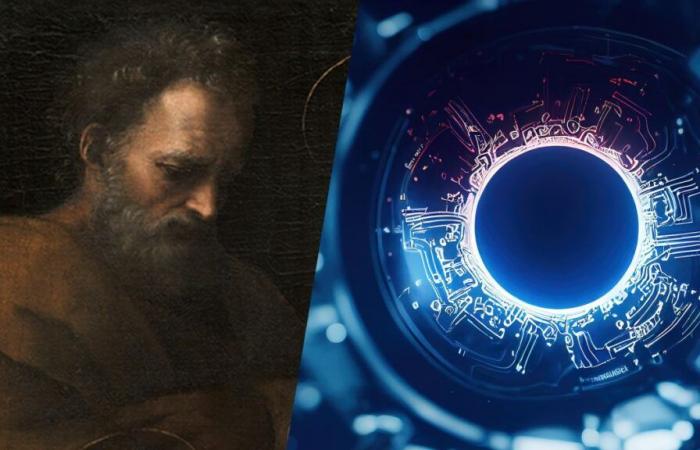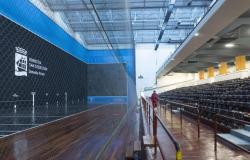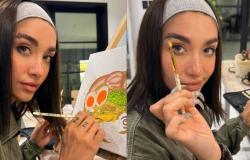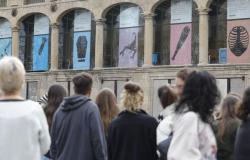Artificial intelligence is still surprising, and this time has done so in the field of classical art. A group of researchers has used neural networks to Analyze one of the best known works of the Renaissance painter Rafael, The Madonna della Rosa.
The result has been disconcerting. According to the analysis, one of the faces in the painting, that of San José, was not the work of Rafael himself, but of another artist.
IA has detected differences so subtle that escape the human eyewhich could rewrite part of the history of this work.
What discovered artificial intelligence in Rafael’s painting?
For years, art historians have debated if The Madonna della Rosa It is completely original or if it was retouched by foreign hands. Although it was believed that Rafael had painted most, the doubt persisted on some details, especially the face of San José.
With the help of an advanced computer vision algorithm, it is now known that this suspicion had foundation. The face, according to AI, differs significantly in style and technique of the rest of the paintingwhich suggests that it was added by another author.
National Prado Museum
“Through a deep analysis of features, we use images of Rafael authenticated paintings to train the computer to recognize its style in great detail,” said Hassan Ugail, mathematician and computer scientist at the University of Bradford, when presenting the results of the study, according to Science Alert.
Researchers, universities from the United Kingdom and the United States, They used a modified version of the Resnet50 neuronal networkcombined with traditional automatic learning techniques.
This allowed the software to accurately identify the unique characteristics of Rafael’s style, such as stroke, shading, composition and the color palette.
How AI helps identify false or retouched works in classical art
Instead of analyzing only the complete painting, experts decided to study the faces separately. The result was overwhelming, since, while the Virgin, the Child Jesus and Saint John the Baptist showed patterns compatible with Rafael’s style, San José’s face did not match. This difference has reopened the debate on the authorship of that concrete part of the painting.
Although it has not been confirmed who painted that face, the specialists point to Giulio Romano, one of the artist’s disciples.
This discovery is another example of artificial intelligence potential to revolutionize fields such as art history. The software used has already demonstrated on other occasions to be able to identify Rafael’s works with 98 %.
“It is not that IA will take away the work of people. The process of authenticating a work of art implies examining many aspects, from its origin, the pigments, the state of the work, etc.”, said Ugail. Therefore, AI does not replace human experts, but it does offer a powerful tool To support your analysis, especially in pieces of authenticity discussed.
The painting dates from between 1518 and 1520, and it was in the nineteenth century when critics began to doubt that Rafael would have been his only author. Now, thanks to AI, those doubts seem more than justified. Although it cannot be said with certainty who completed the work, the consensus is that it was not the Italian teacher who painted San José.
This type of technology could open a new era for the analysis of masterpieces. From frescoes of the Renaissance to modern paintings, IA can provide objective data in a field where interpretations usually depend on human judgments.
Know How we work in ComputerHoy.
Tags: Artificial intelligence






